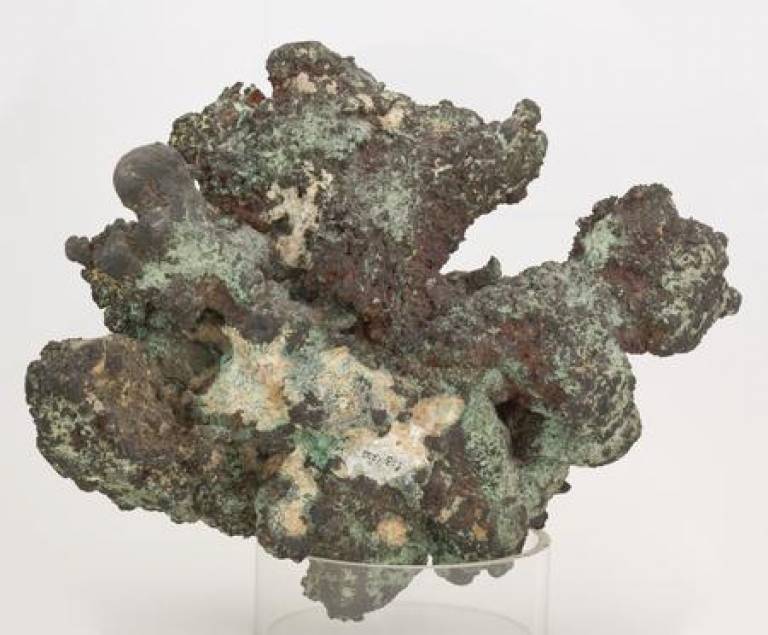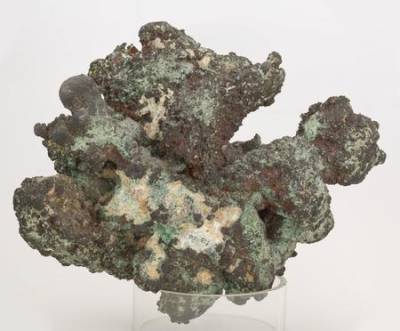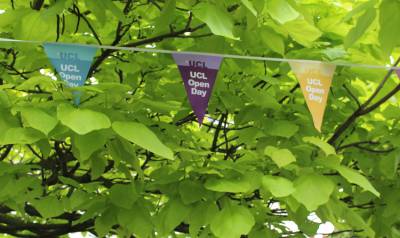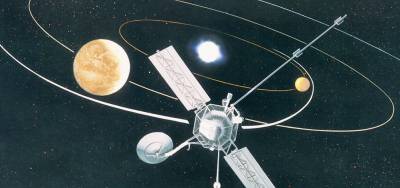Native copper
10 February 2014

It might not look like much more than an unusually knobbly rock, but this sample from UCL's geology collections is actually a lump of naturally occurring copper. Most metals are only found combined with other elements (often oxygen) in nature. But a handful do occur in their native (uncombined) forms.
Gold, famously, exists in nature in shiny nuggets that don't even need to be polished to reveal their metallic lustre. Copper, since it reacts with oxygen, dulling its surface, is slightly less impressive. It forms irregular brown lumps like the one pictured.
Native copper lumps like this were an important source of copper in in prehistory. Copper and bronze (alloys of copper with other metals, usually tin) were the first metals widely used to make tools, and marked humanity's emergence from the stone age.
Copper today is usually extracted from ores such as chalcopyrite (copper iron sulphide), rather than the relatively rare lumps of native copper.
This fine example of native copper is displayed in the Rock Room, which holds UCL's teaching collections for the Department of Earth Sciences. As well as being a resource for teaching, the Rock Room is open to the public every Friday from 1pm-3pm.
Photo credit: UCL Geology Collections
Links
High resolution image
This image can be reproduced freely providing the source is credited
 Close
Close





